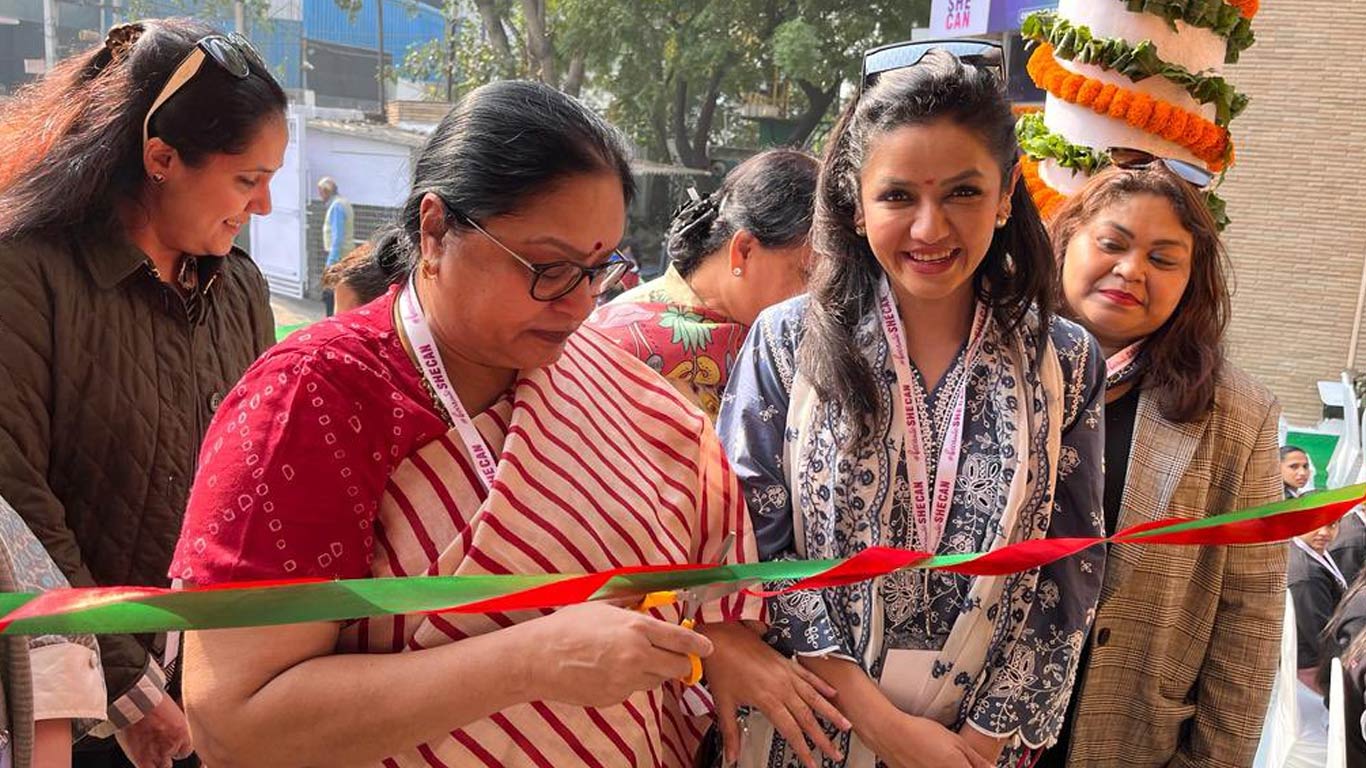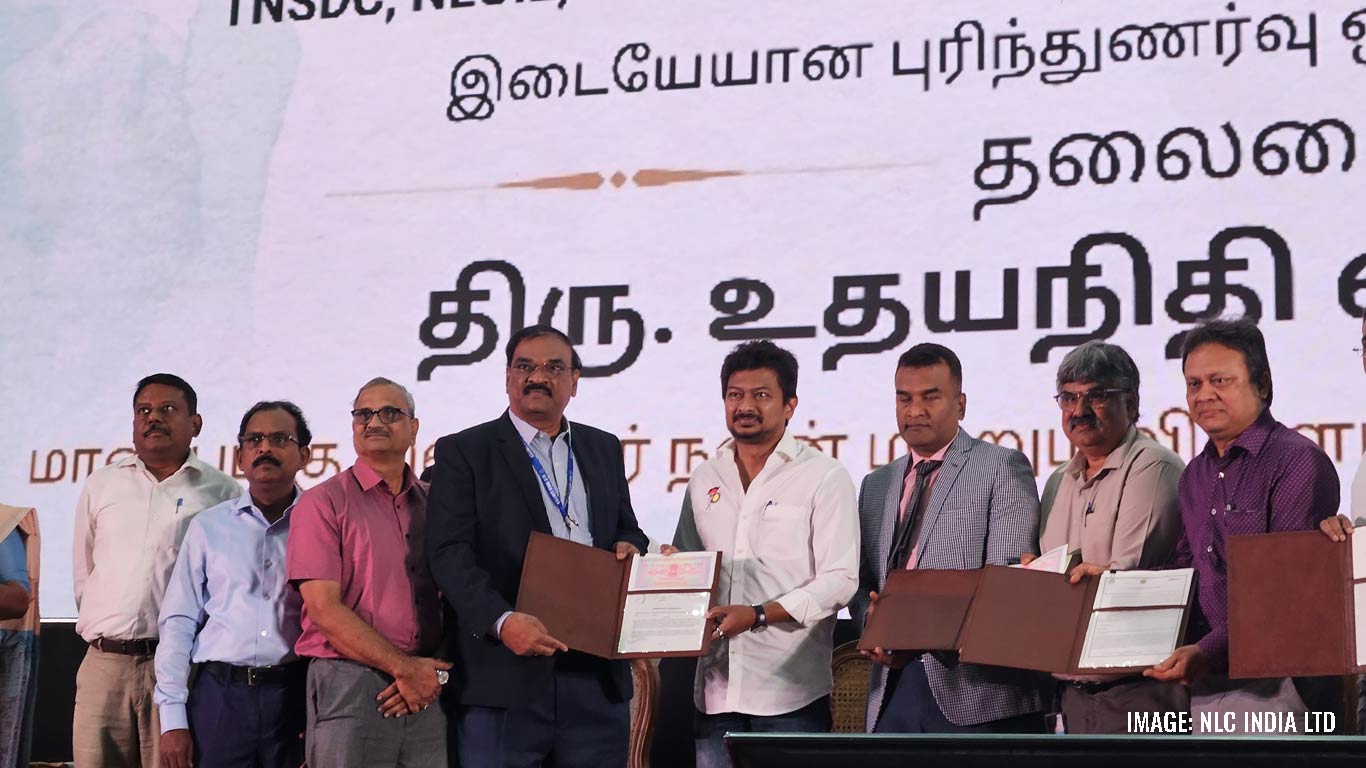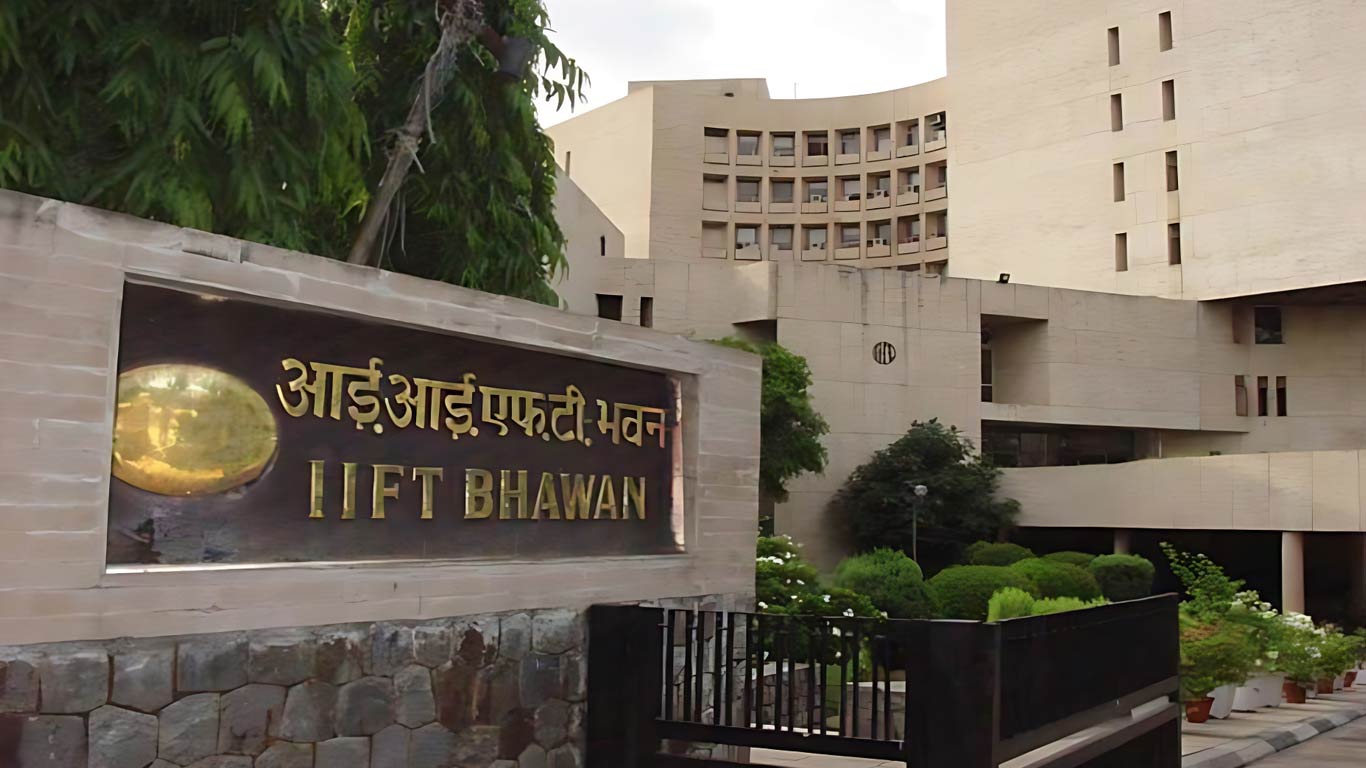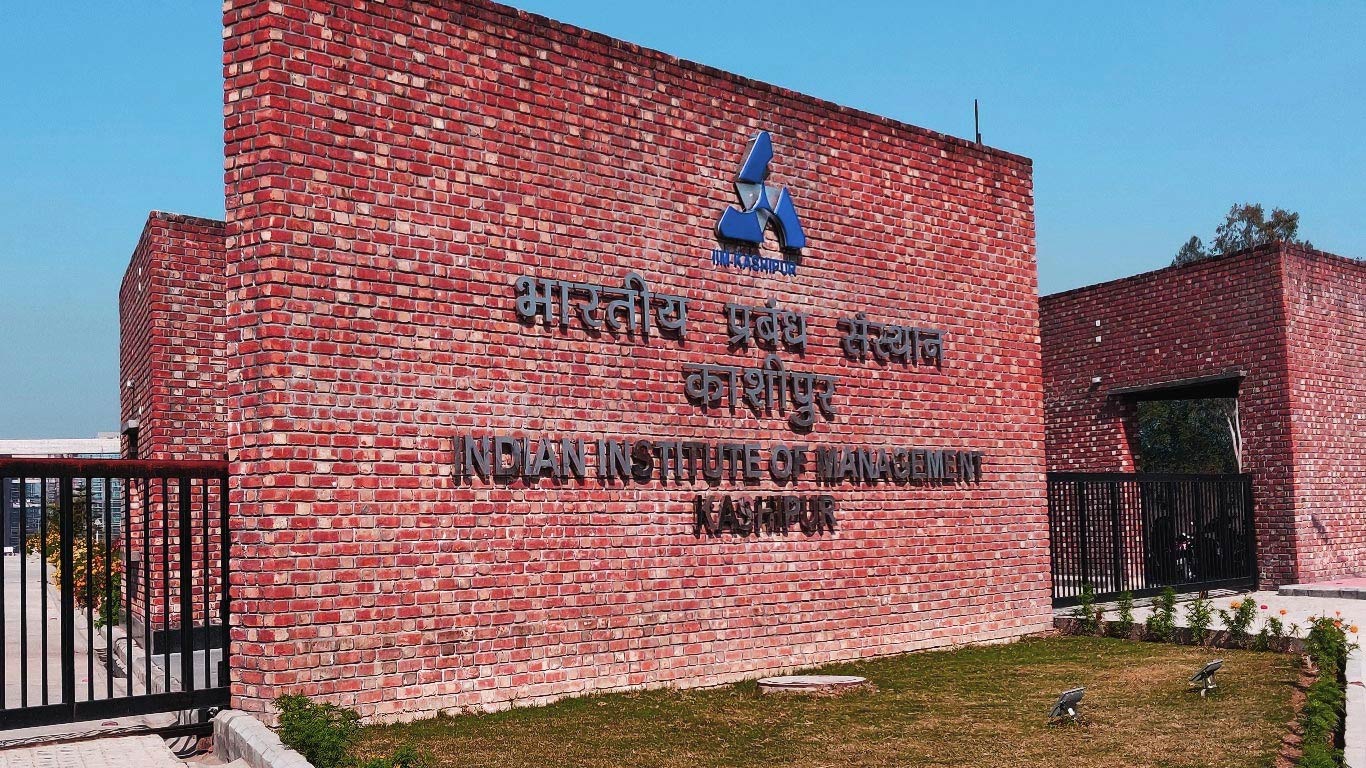Current SEZ policy has significant constraints for MSMEs: Baba Kalyani Group Report
Updated: Jan 22, 2019 09:17:23am

Current SEZ policy has significant constraints for MSMEs: Baba Kalyani Group Report
New Delhi, Jan 22 (KNN) The current Special Economic Zone (SEZ) policy has significant constraints for micro, small and medium enterprises (MSMEs) given the ecosystem and scale they operate in, highlighted a report by Baba Kalyani Group on SEZ Policy.
The government needs to integrate MSMEs as part of 3Es (Employment and Economic Enclaves) by linking with MSME schemes of government of India and provide focused enablers or facilitation measures, the report said.
Department of Commerce, Ministry of Commerce & Industry had constituted a Group consisting of SEZ stakeholders under the chairmanship of Baba Kalyani, Chairman & MD of Bharat Forge Ltd in June-2018 to study the SEZ policy of India.
The report titled ‘Revitalizing SEZs: From islands of exports to catalysts of economic and employment growth’ acknowledges that MSMEs account for more than half of all formal jobs worldwide, according to a world-bank report.
The report noted that despite much importance of MSMEs in the Indian economy and host of steps being taken by the Central Government to promote this sector, the current SEZ policy has significant constraints for MSMEs given the ecosystem and scale they operate in.
Some of these constraints, according to the report, include minimum area requirement, infrastructure costs, disintegrated sourcing pattern and other associated costs along with host of compliance requirements.
The Baba Kalyani’s report suggested that MSMEs can be powerful instruments of economic development and skill-development provided there is an inclusive approach for MSMEs in the SEZ landscape in terms of sustained policies, programmes, institutional and infrastructural support.
The report further stressed that inclusion of MSMEs can foster a collaborative working model across different players along the value chain.
Citing example, the report said, clustering of small and large manufacturers (essentially customers and suppliers between themselves) operating in close proximity with units (including those providing support services for manufacturers) will enable creation of high value goods.
The MSME sector accounts for 45 per cent of the manufacturing output and 40 per cent (28.24% for SEZ for FY 2016-17) of the country’s total export. The sector accounted for 28.77 per cent share in Gross Domestic Product (GDP) for 2015-16 with an approximate growth of 7.62 per cent over the previous year.
The major advantage of the sector is its employment potential at low capital cost. On an overall basis, (manufacturing and non-manufacturing) this sector employed an estimated 1109.89 lakh people during the year ending 2015-16., making it largest employer in India after agriculture sector.
The Group, after deliberations, has submitted its report on which the suggestions are required to be sent on email id: moc_epz@nic.in latest by 30th January, 2019. (KNN Bureau)











